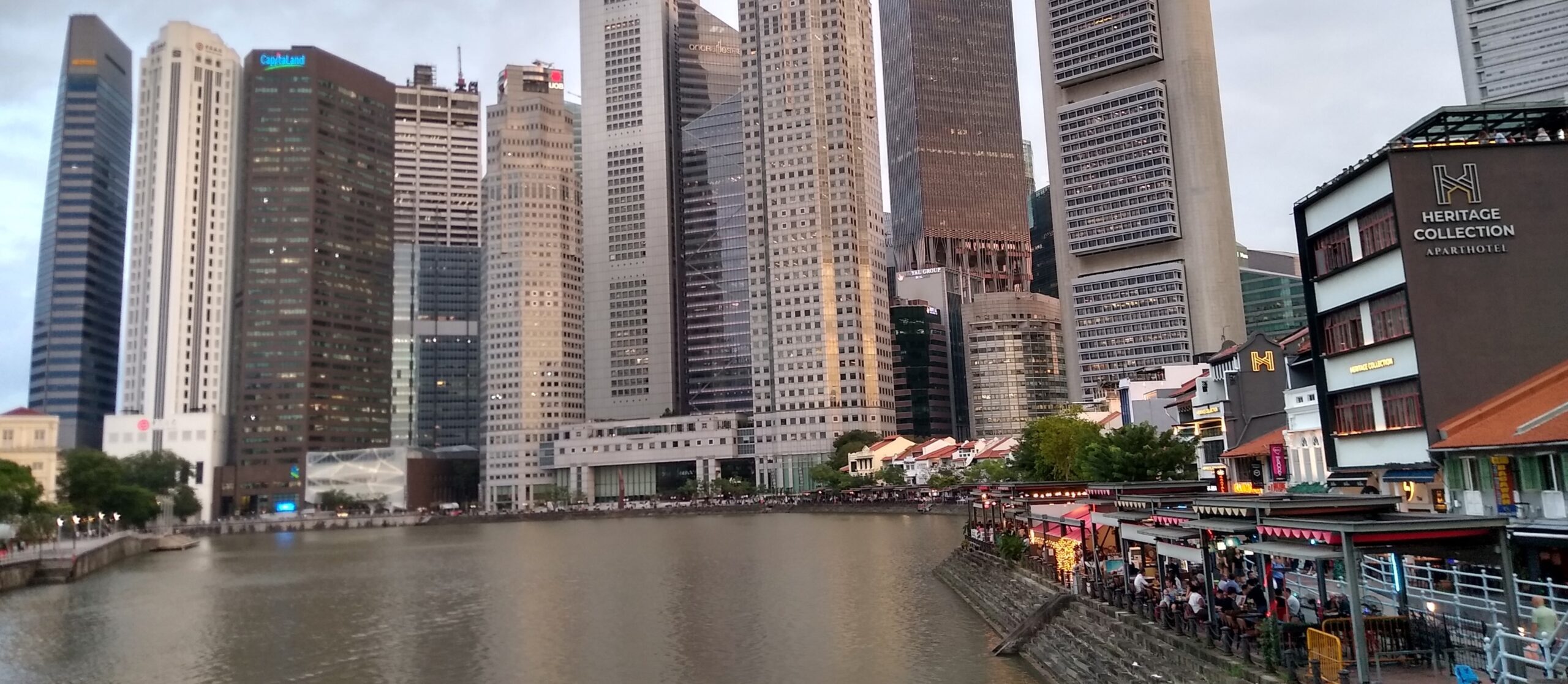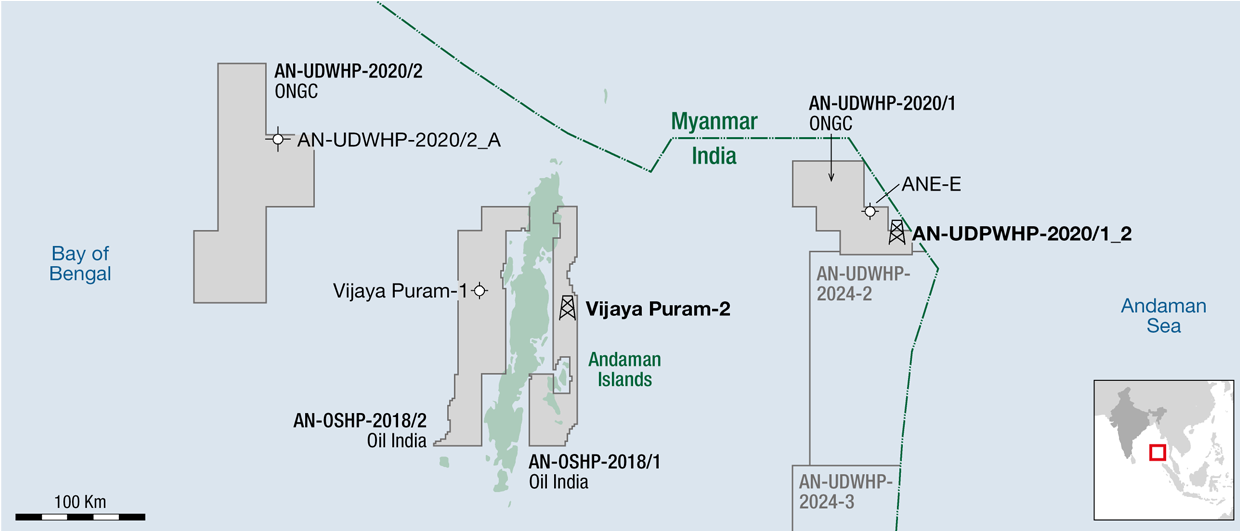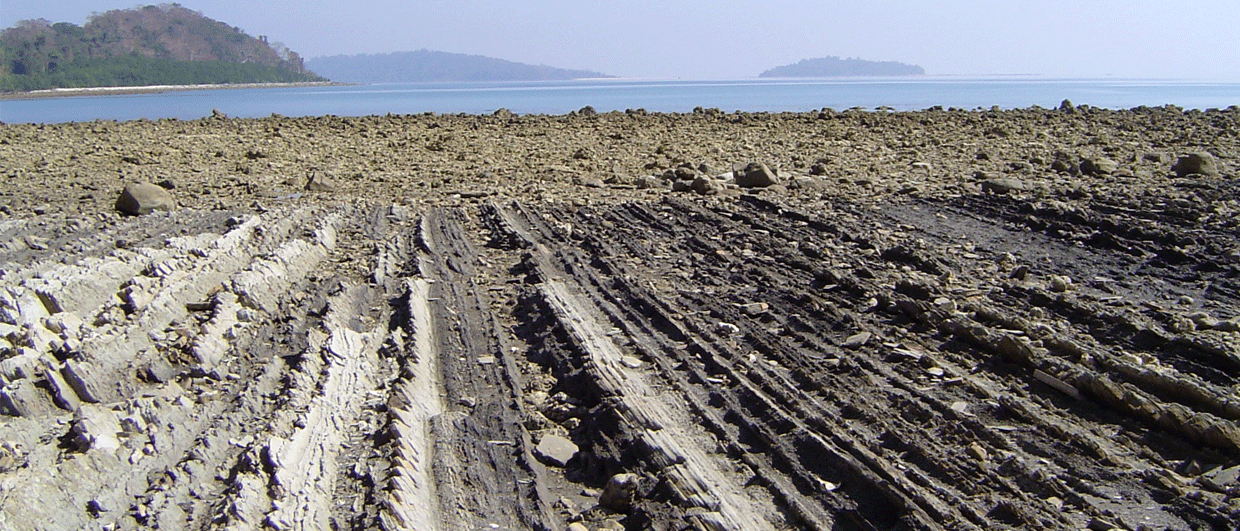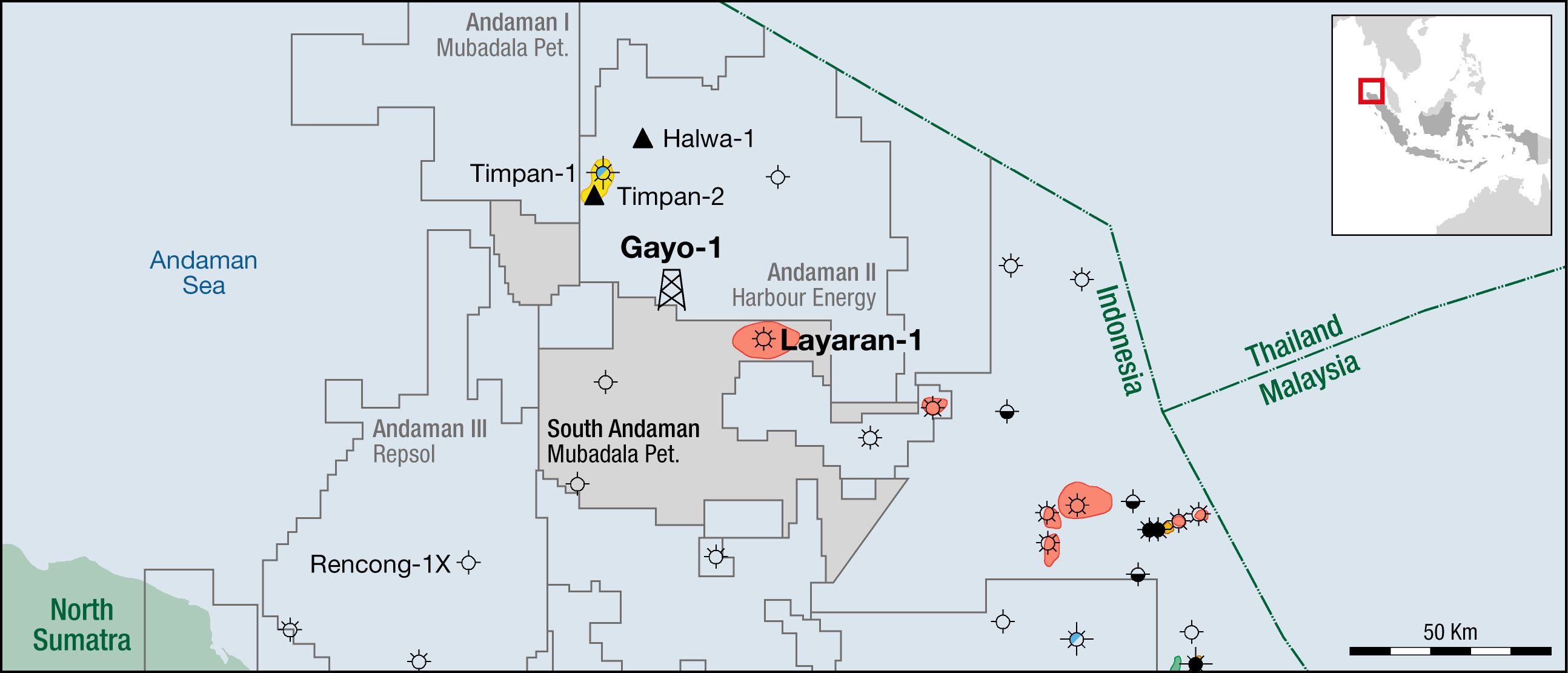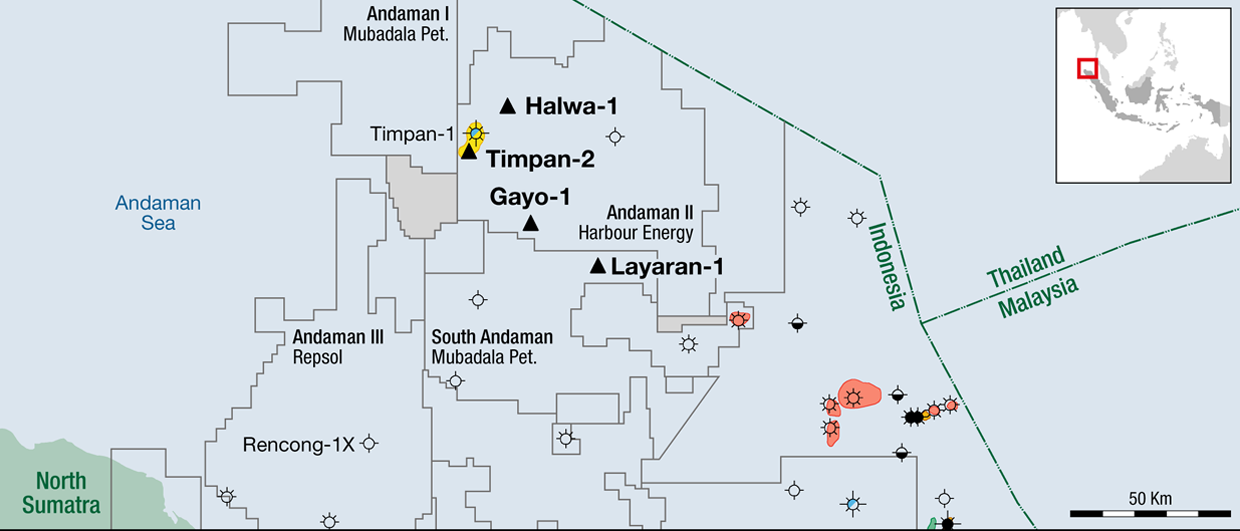Conversations at conferences are a good way to verify what people think. And there were many people at this week’s Seapex Conference; with more than 400 participants the number exceeded what the organising committee had anticipated.
When it comes to the energy transition, I noticed a certain fatigue. Too much talk on how it should be done, too many words on the challenges and too many words stating numbers demonstrating that the urgency is real. I think most people will know that by now. What we need is action. Ambitions can be stated so many times; there is a point where this needs to be turned into the deployment of a plan.
This sentiment came through when speaking to some of the participants. And it is not only individuals admitting that the energy transition is too slow and that we have to be more honest that the future will also still include hydrocarbons. Nurfiana Rachmawati from BP, who presented why her company applied for and ultimately was awarded two licences north of East Java, was clear when she did the introduction of the talk; while BP still underlines the need for the energy transition, there is also a clear impetus to continue investing in the production of oil and gas.
Further exploration
Indonesia as a country is a good example that illustrates the challenges of the energy transition. Whilst the government is aware of its climate commitments, the share of coal in its primary energy production has risen sharply over the course of the last 20 years. At the same time, gas production has fallen over the same time span, and as Jerry Sykora from CIEC showed in his talk at the conference, it won’t be long before all gas Indonesia produces will go towards domestic consumption. At the moment, the country still earns a fair amount on export of LNG.
Without further investment in gas exploration, Indonesia will only further increase its dependency on coal.
A discovery through an appraisal well
To that end, Harbour’s gas Timpan discovery in the Andaman II licence is a welcome find. Nick Comrie-Smith from Harbour Energy gave a detailed account on the well, which was greatly helped by clear amplitude anomalies in the 3D seismic covering the area. As such, the Timpan discovery well was treated as an appraisal well, given the 70% chance of success.
Because of the clear seismic anomalies, Comrie-Smith further commented that upcoming exploration drilling in the area is like “shooting a fish in a barrel.” Initially wanting to put that strapline up as the title of his talk, he admitted that he later refrained from that given that “geology can always bite back.” Maybe this will be a wise decision, as CO2 concentrations in the basins can be anomalously high and rather unpredictable, as multiple talks at the conference illustrated. According to Comrie-Smith, CO2 concentrations in Timpan were lower than expected, even though he did not give a number.
Confined reservoirs
Back to taking action when it comes to reducing emissions; it was great to see Chris Stawinoha from Chevron present on the Gorgon carbon storage project in Australia. Gorgon has, as many will know, underperformed. However, this is not related to CO2 injectivity issues, but to the production of water instead. Why does water need to be produced in the first place? It is because the Gorgon aquifer has a limited extent, which has required production of the formation water to prevent pressures from rising too much. Chevron is now planning to side-track the 2 current water injectors and drill two new ones, such that new sand screens can be placed.
These were just some of observations and highlights from the Seapex Conference. More will follow in individual articles in the near future.

